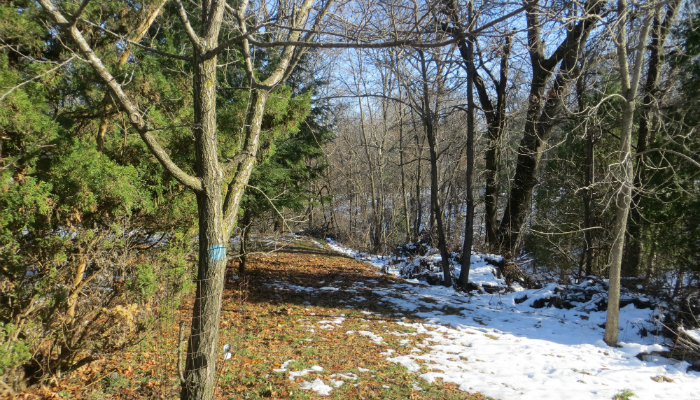Ask Me Anything! How Do You Handle Conservation Easements?

by Tammy Wright
Conservation easements are a way to permanently protect land from development while keeping ownership of the land. The land remains privately held and can be sold or passed on to heirs just like any other real estate, but there are restrictions placed on how the land can be used. These restrictions are included in the conservation easement document which is a legal contract between the land owner and a land trust or other conservation organization. The restrictions are negotiated between the landowner and the land trust in order to protect the conservation values of the property. By holding the conservation easement, the land trust accepts the responsibility of annual monitoring of the property to make sure the restrictions are observed and to bring legal action (if necessary) to address any violations.
There are costs associated with obtaining a conservation easement. In addition to attorney fees, the property will have to be appraised and the land trust will require a donation to cover the cost of monitoring and legal defense. This donation generally comes from the landowner. There is the potential for deductions or credits from both federal and state income taxes if the conservation easement meets the IRS definition of “public benefit.” Public benefit does not imply or require public access to the property. Tax deductions can be substantial since they are based on the difference in the property value with and without the conservation easement in place. You are urged to obtain advice from your legal counsel and/or tax advisor regarding this process. Be sure that they are well versed in conservation easements as they are not a common tool for preservation in Iowa. Let us know if you have any interest in learning more about this mechanism for protecting your land. We are happy to share our knowledge and work with you!
Tags: Ask Me Anything, conservation easement, Tammy Wright

